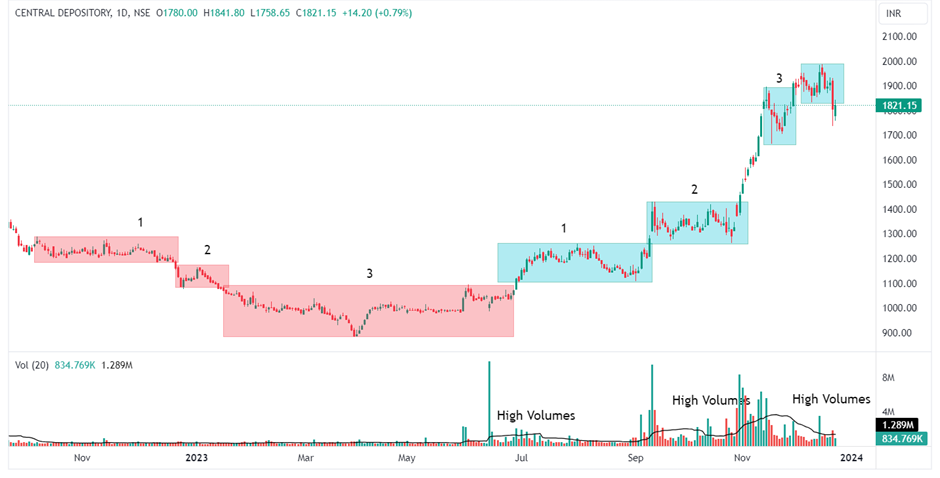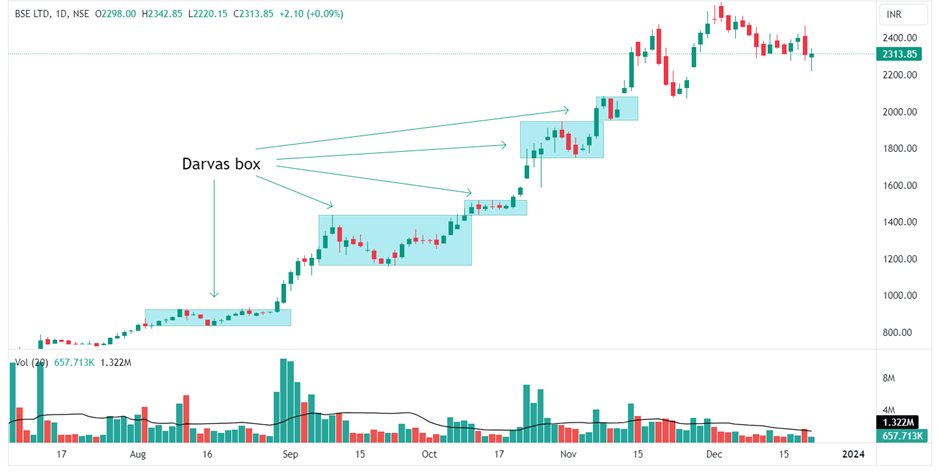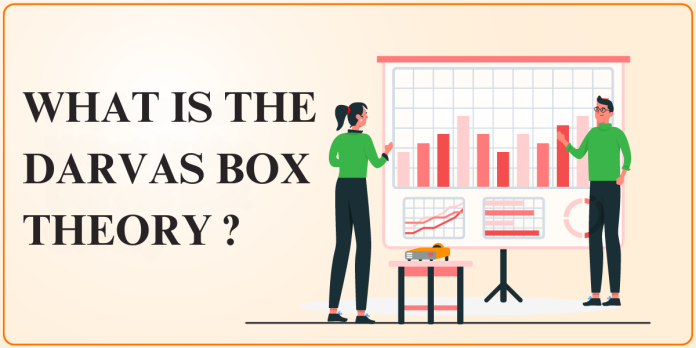The Darvas Box Theory stands out as a unique and effective approach to identifying trends and potential entry and exit points. Developed by Nicolas Darvas, a legendary dancer and trader, this theory combines elements of price action, volume analysis, and trend following to create a systematic methodology for navigating the complexities of the stock market.
Genesis of the Darvas Box Theory
Nicolas Darvas, originally known for his success in the world of dance, transitioned into the realm of trading in the 1950s. His journey began when he invested in a few stocks based on tips and hunches, resulting in significant losses. Determined to succeed, Darvas immersed himself in the study of the market and eventually developed the Darvas Box Theory.
The fundamental premise of the Darvas Box Theory is to identify and capitalize on emerging trends in the market. This is achieved through a combination of price and volume analysis, with a focus on creating “boxes” that encapsulate the price movements of a stock within defined boundaries.
Components of the Darvas Box Theory
Selection of Stocks
Darvas primarily focused on stocks with strong fundamentals and a history of substantial price movements. He believed in trading stocks that were likely to continue trending due to underlying business strength.
Box Construction
The heart of the Darvas Box Theory lies in the creation of boxes, which are formed by identifying key support and resistance levels. A box is established when the stock’s price trades within a defined range for a certain period. This range is determined by drawing horizontal lines at the upper and lower bounds of the price movement.
Volume Analysis
Darvas emphasized the importance of volume confirmation to validate the strength of a trend. An ideal scenario is a breakout from a box accompanied by a surge in trading volume, indicating increased market interest and potential sustainability of the trend.
Three-Box Reversal
One of the unique features of the Darvas Box Theory is the use of a three-box reversal. A new box is considered established only when the stock moves by a predetermined number of boxes beyond the previous box. This helps filter out minor fluctuations and focus on significant price movements.
Stop-Loss Strategies
To manage risk, Darvas employed a stop-loss strategy. He would place a stop-loss order just below the lower boundary of the box, ensuring that if the stock moved against him, losses were minimized.
Application of the Darvas Box Theory
Identifying Breakouts
Traders using the Darvas Box Theory look for breakouts from established boxes, accompanied by a surge in volume. This breakout is considered a signal to enter a trade in the direction of the trend.
Trend Confirmation
The three-box reversal and volume confirmation help traders confirm the sustainability of a trend. A trend is considered more robust when it exhibits clear and decisive moves, supported by strong volume.
Risk Management
The placement of stop-loss orders below the lower boundary of the box ensures that traders limit their losses in case the market moves against them. This risk management strategy is crucial for preserving capital and long-term success.
Read : Systematic Trading: Mastering Risk Management and Drawdowns
Examples
CDSL Ltd

BSE Ltd

The Darvas Box Theory, with its emphasis on trend identification, volume analysis, and disciplined risk management, offers traders a systematic and objective approach to navigating the complexities of the financial markets. While it may not be a one-size-fits-all solution, many traders have found success by incorporating elements of the Darvas Box Theory into their overall technical analysis toolkit. As with any trading strategy, traders need to conduct thorough research, backtesting, and practice prudent risk management to maximize their chances of success.
Disclaimer: This blog has been written exclusively for educational purposes. The securities mentioned are only examples and not recommendations. The information is based on various secondary sources on the internet and is subject to change. Please consult with a financial expert before making investment decisions.


